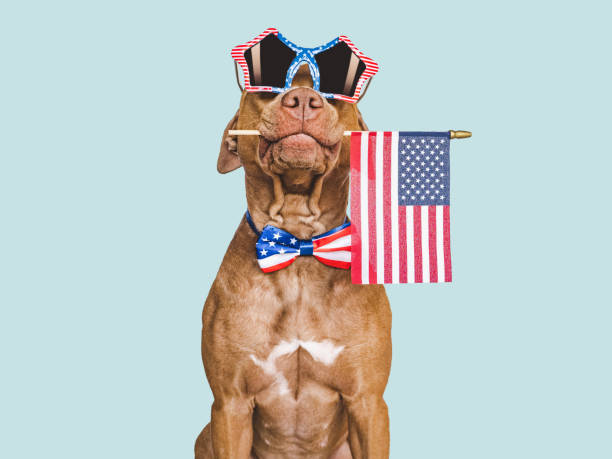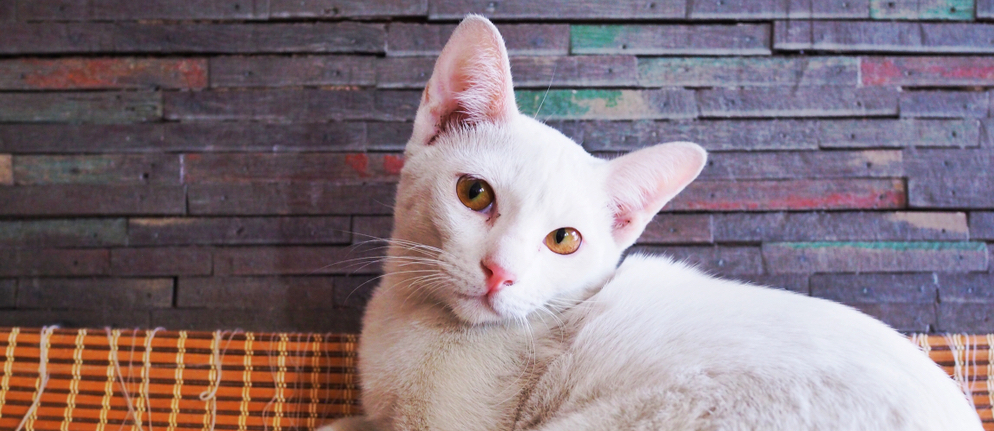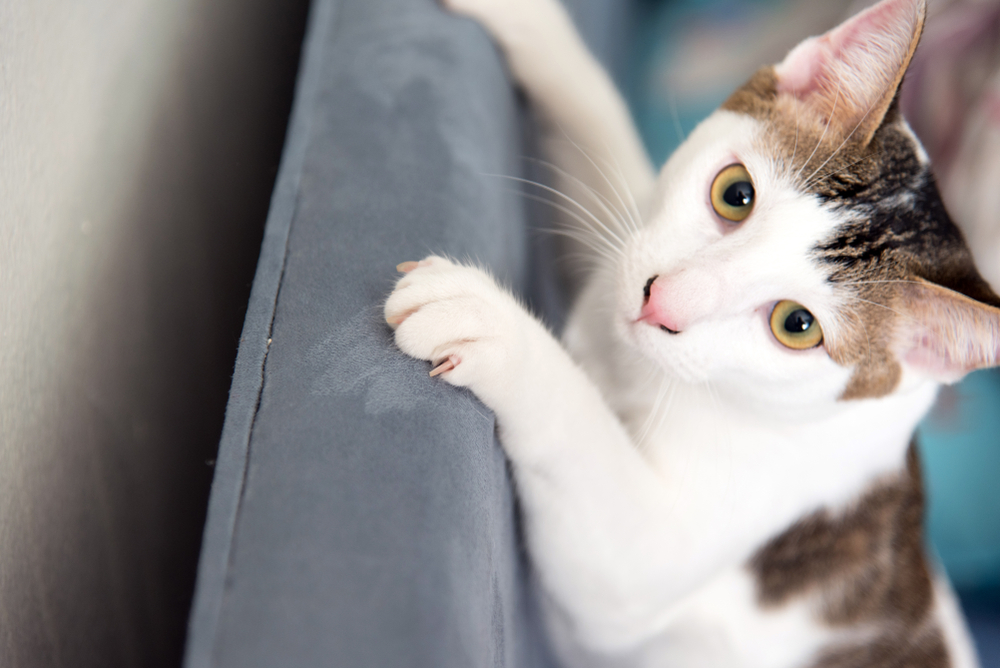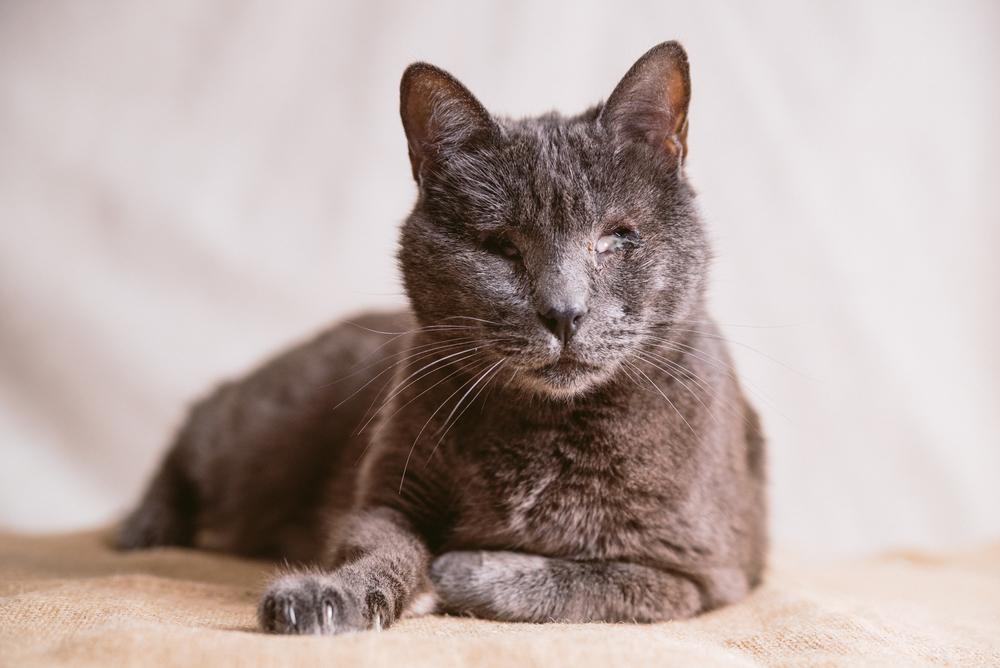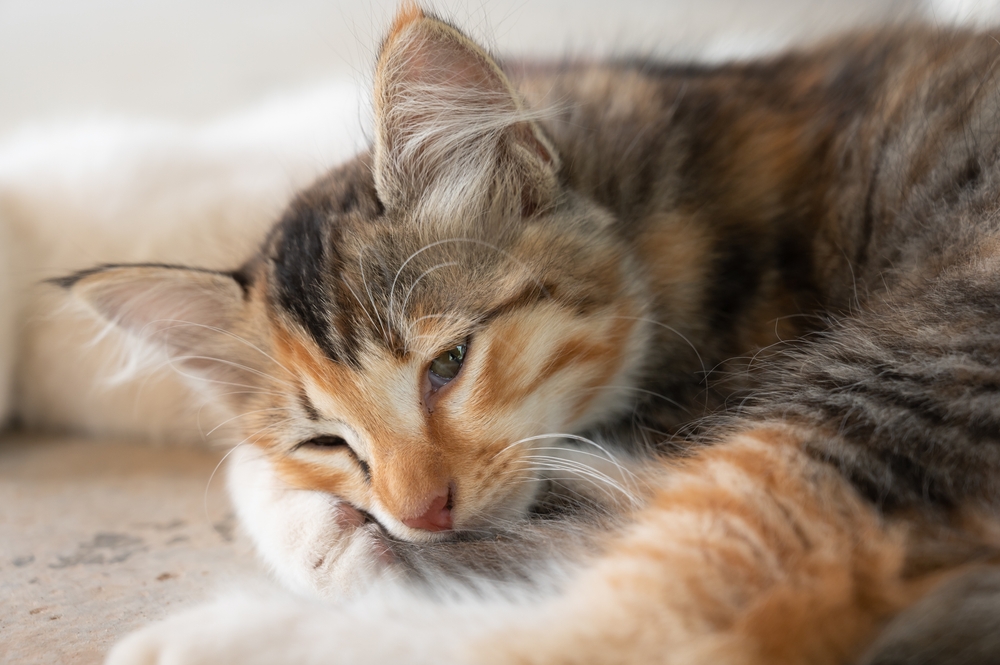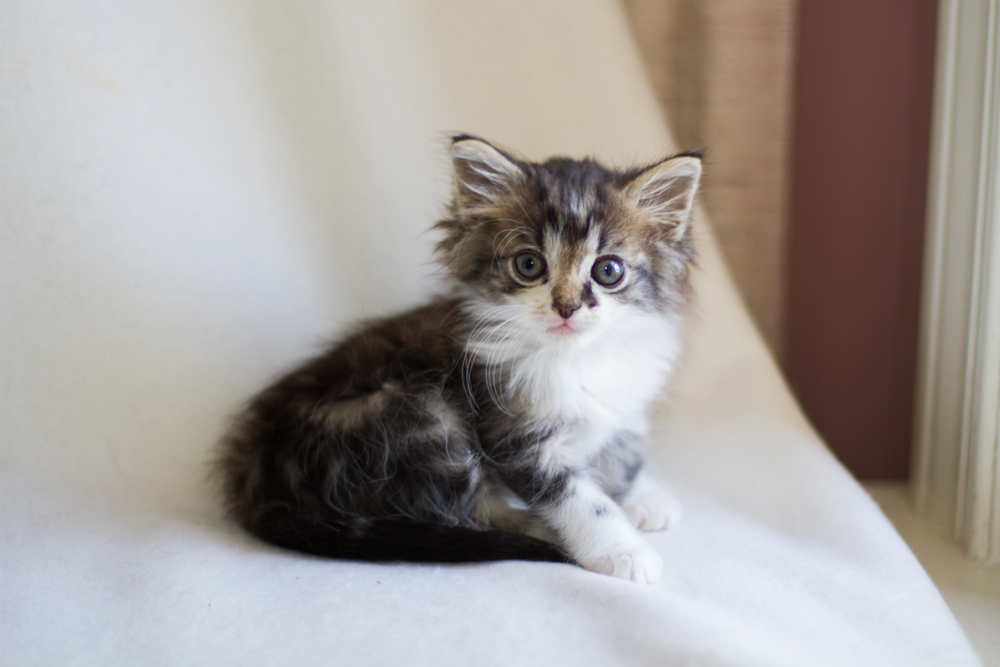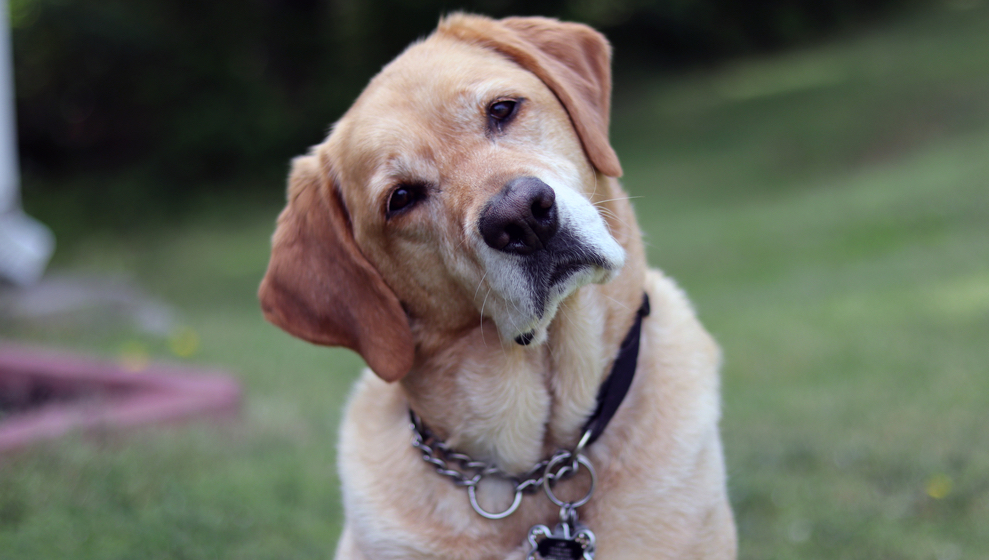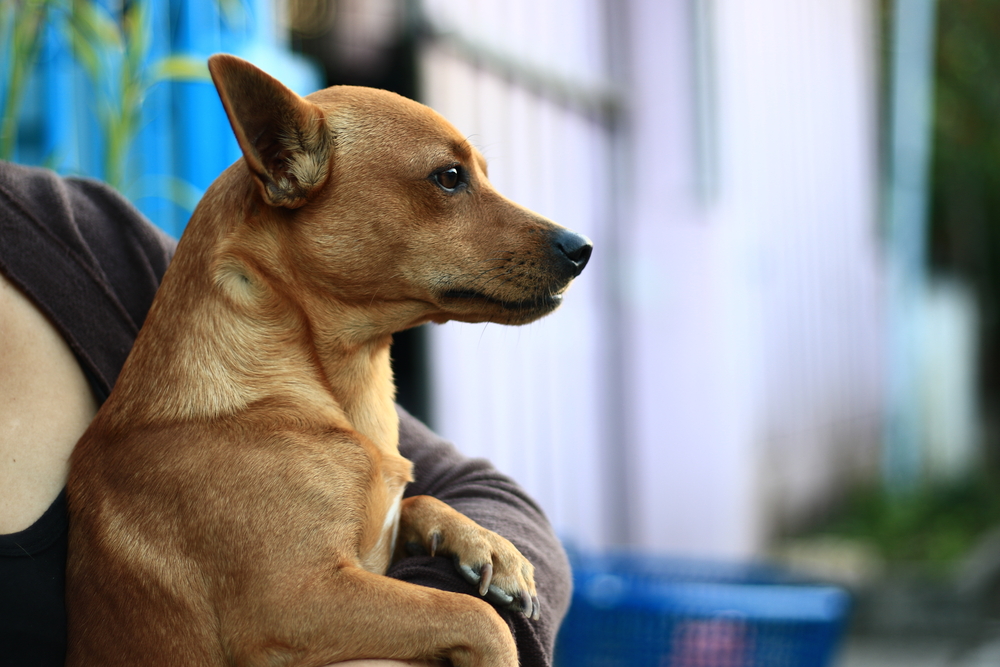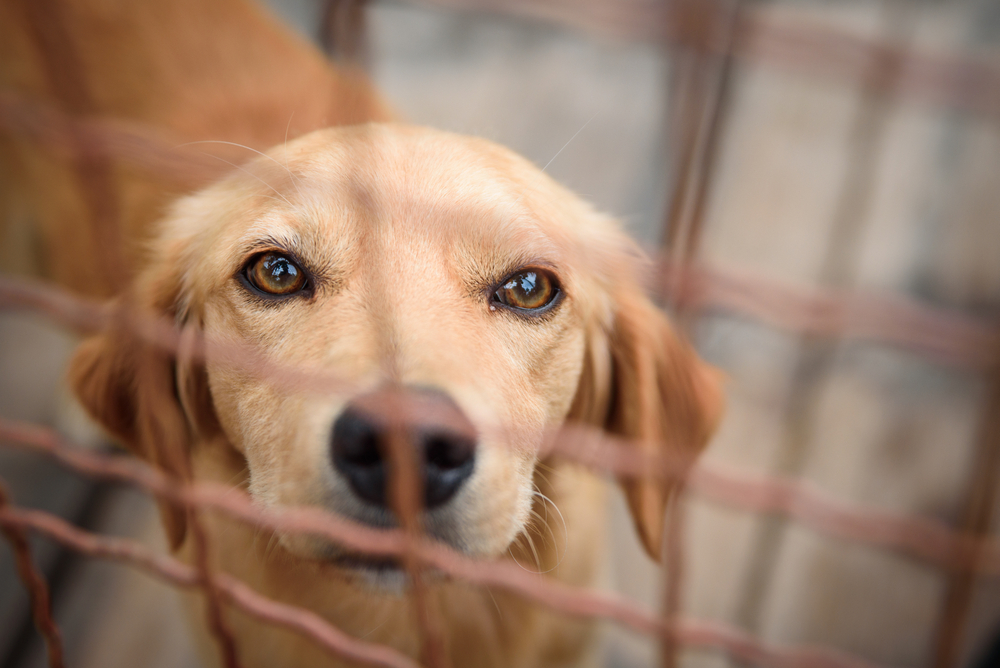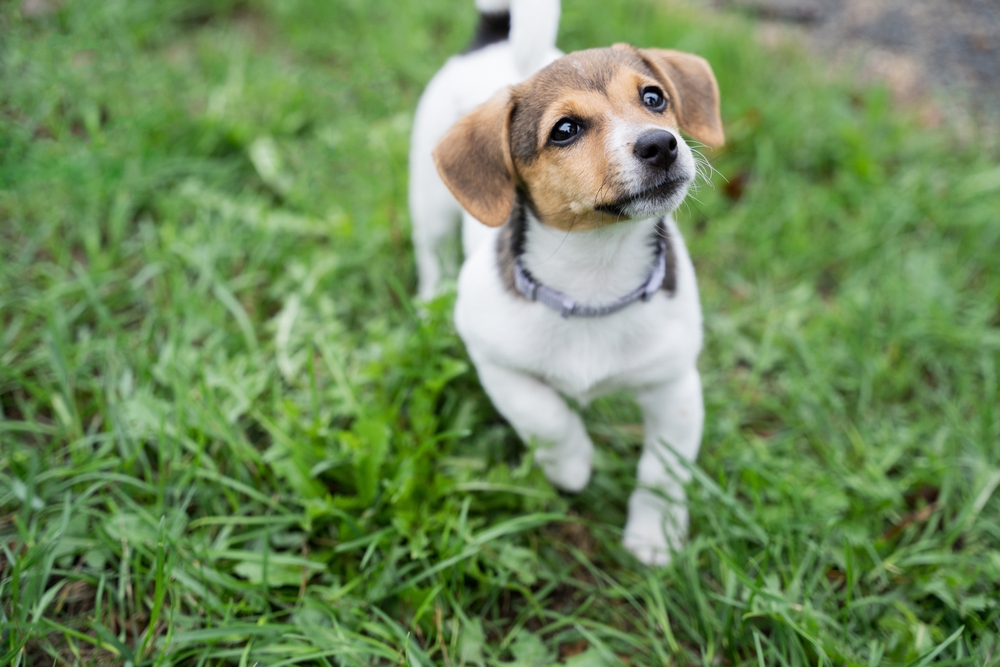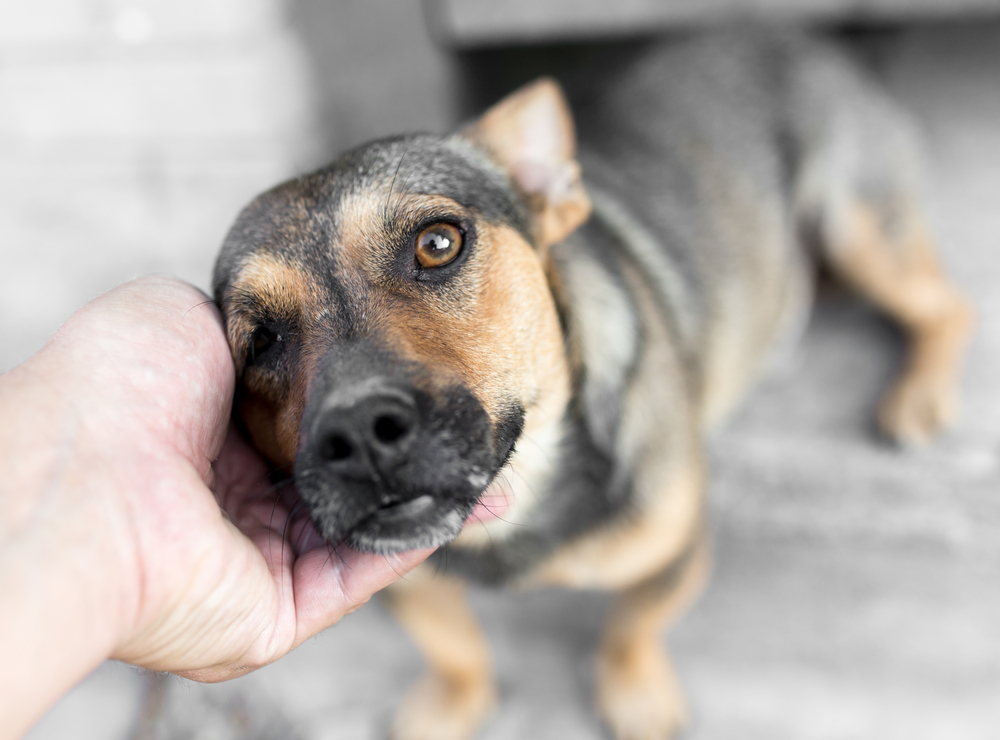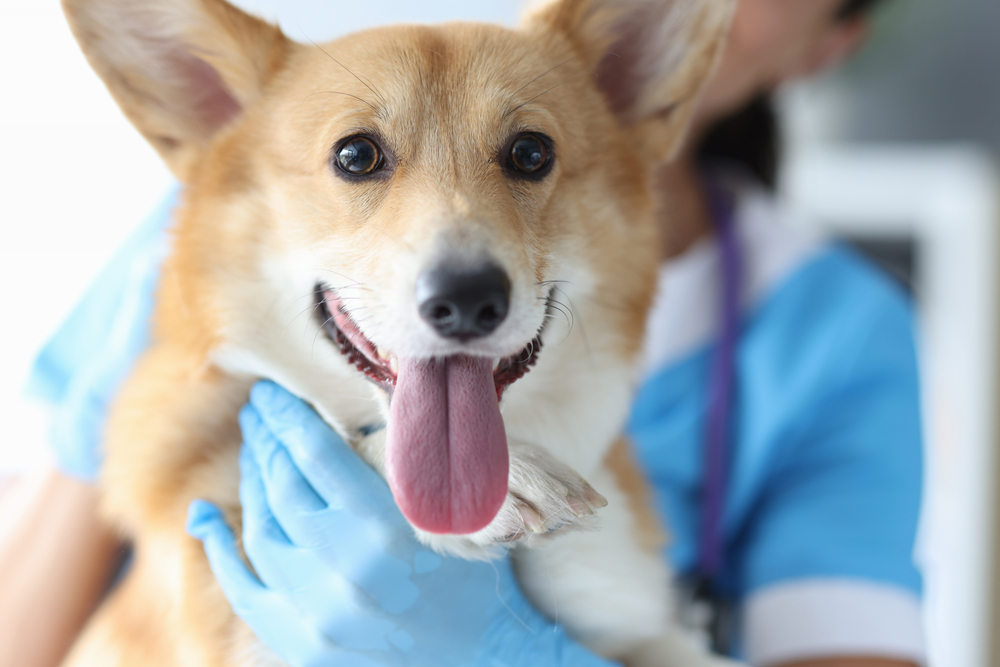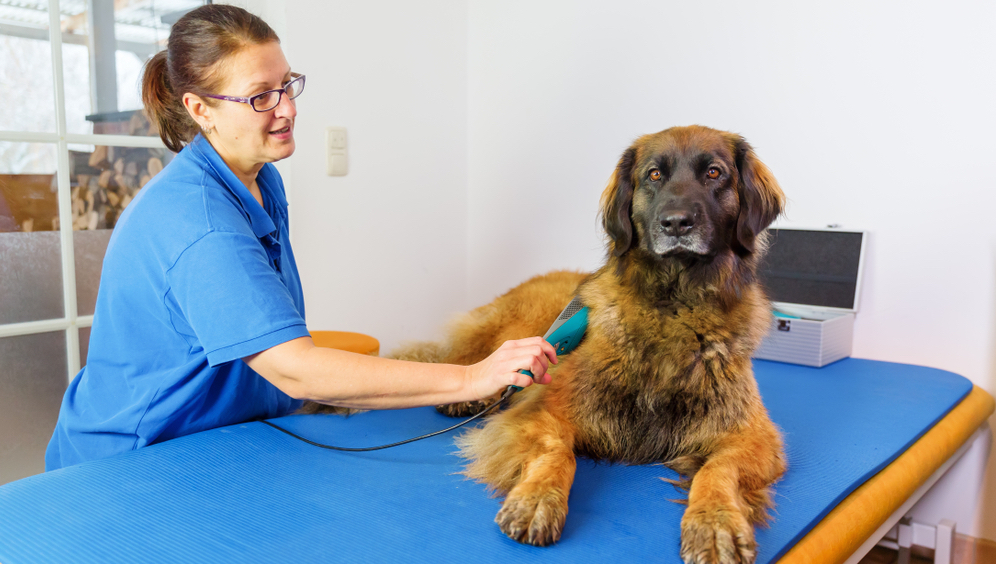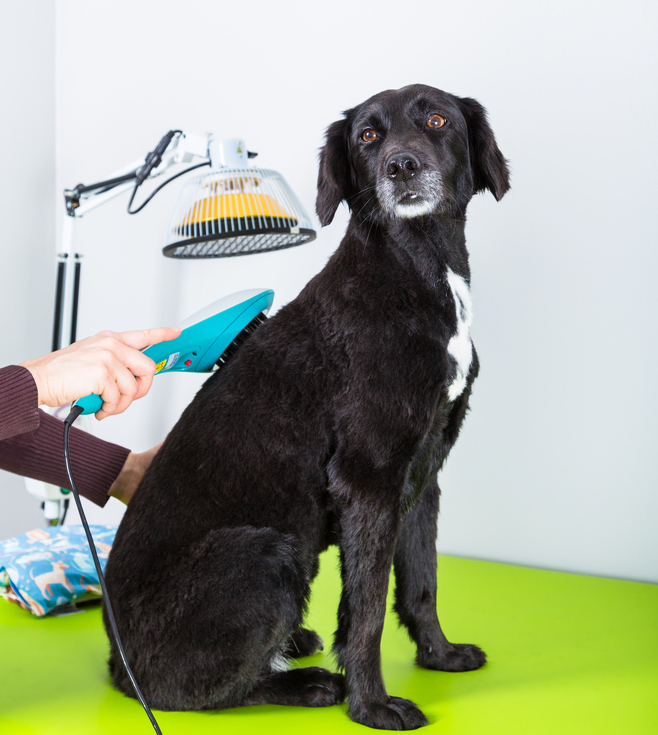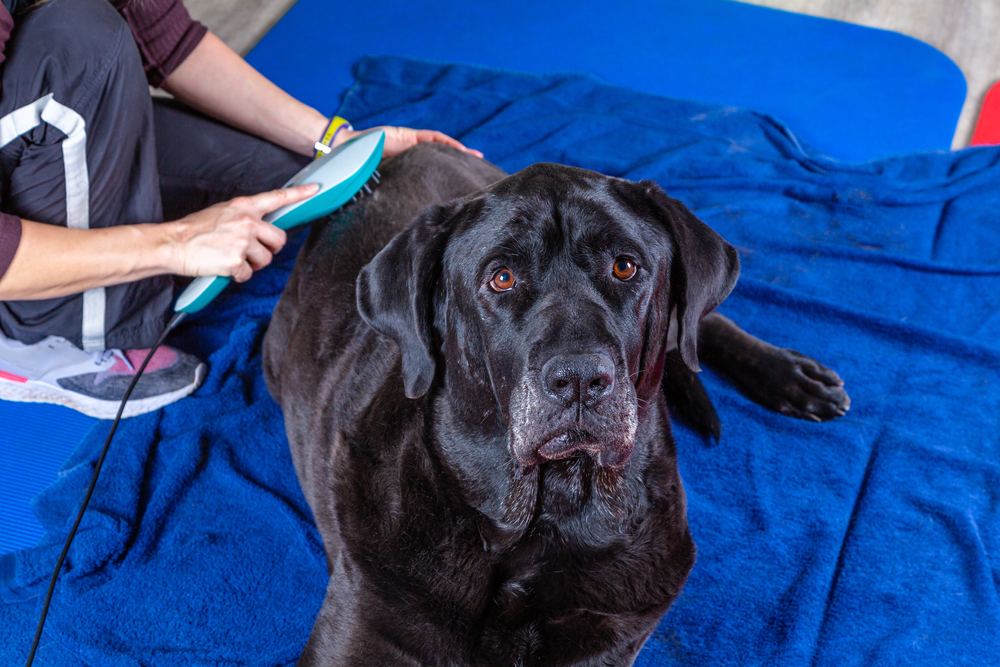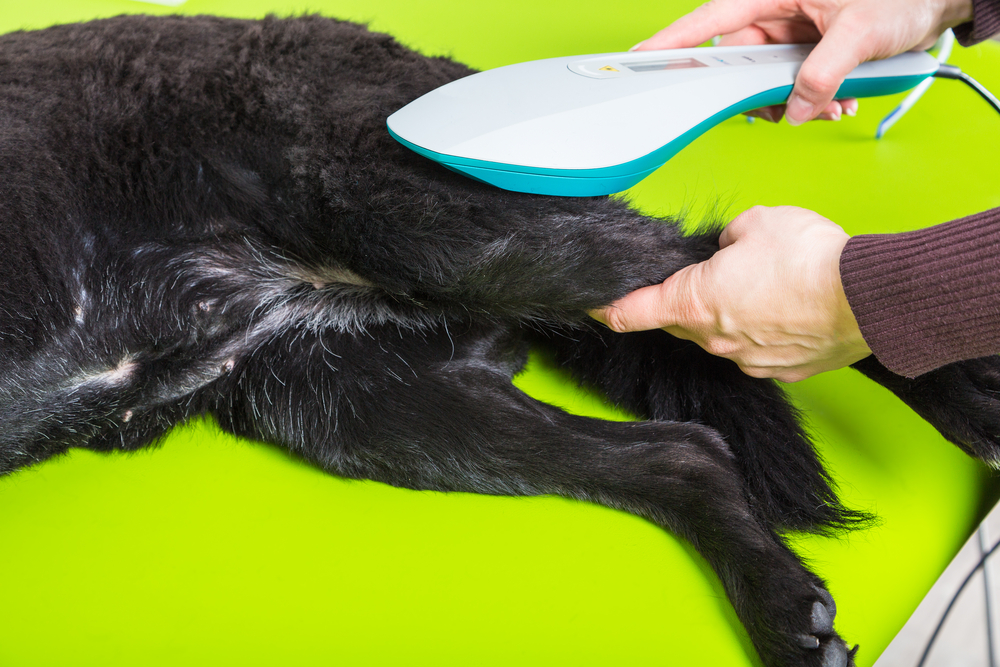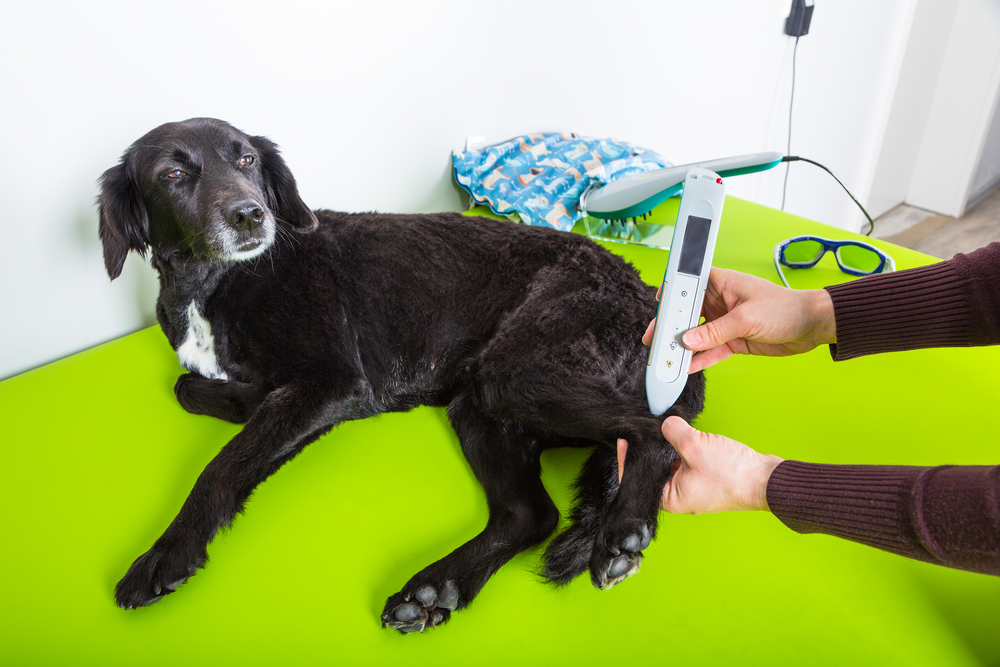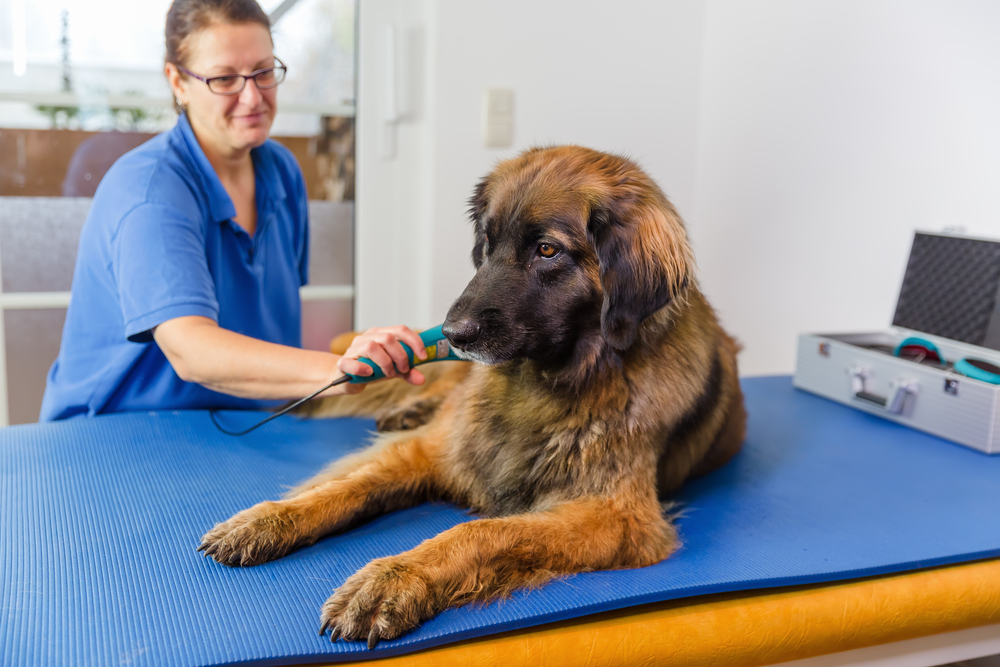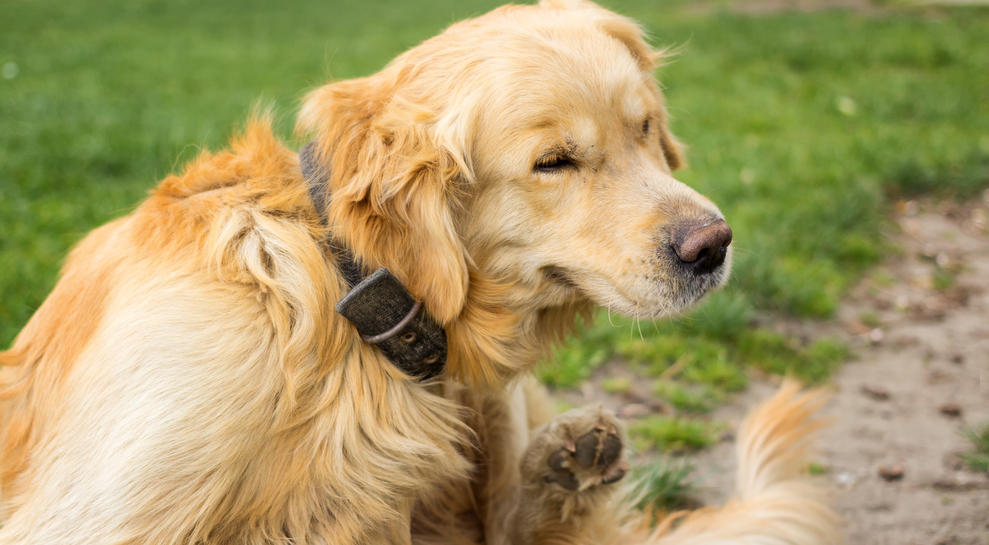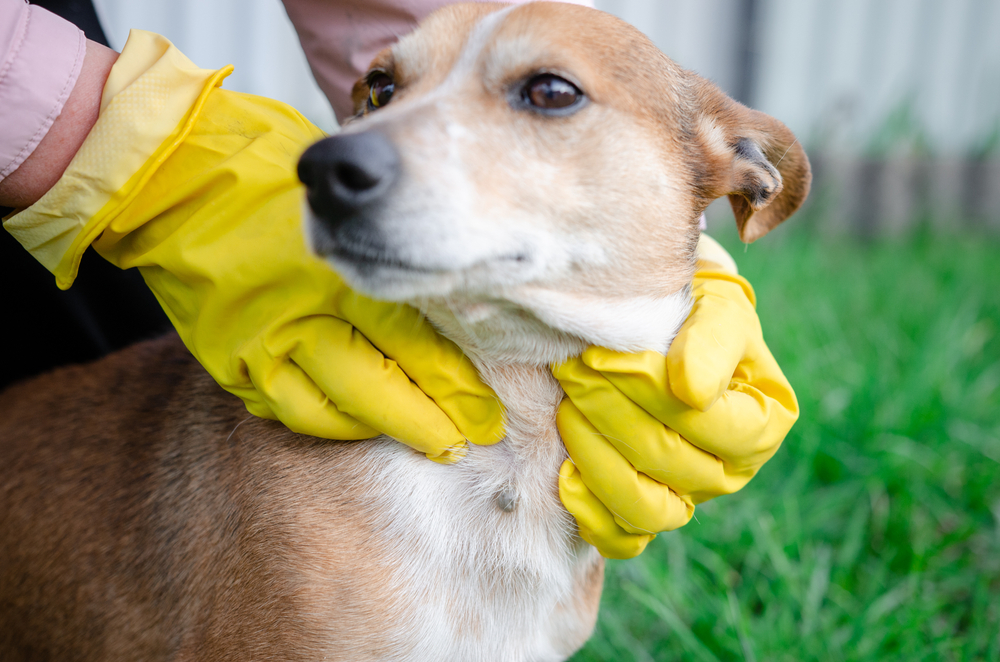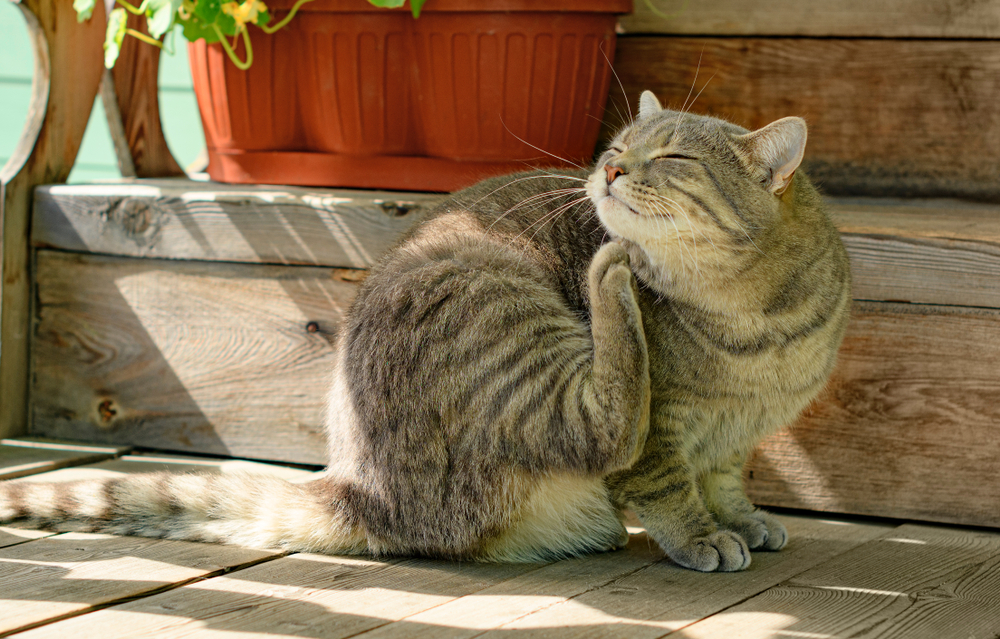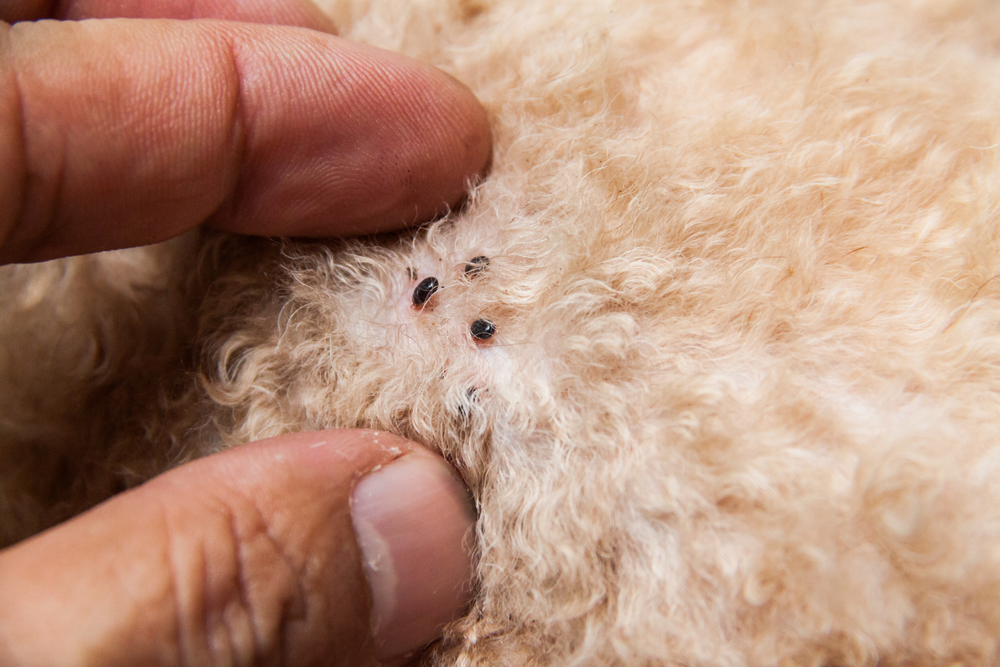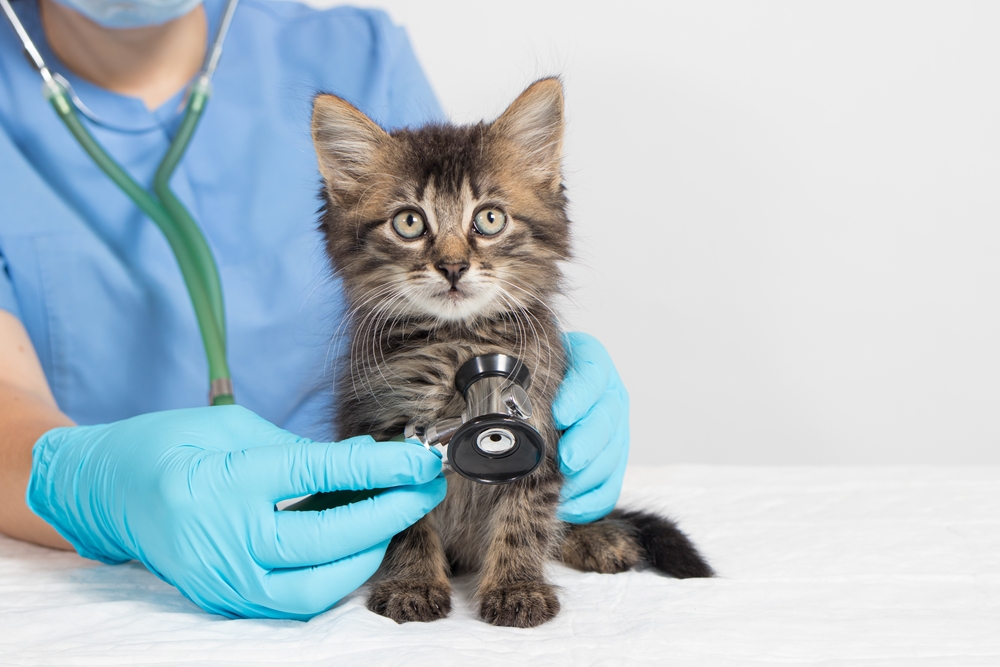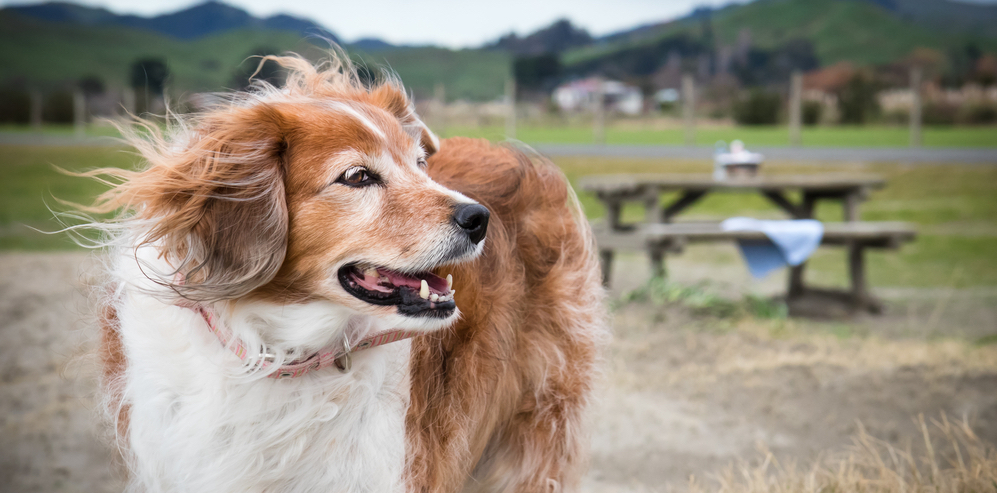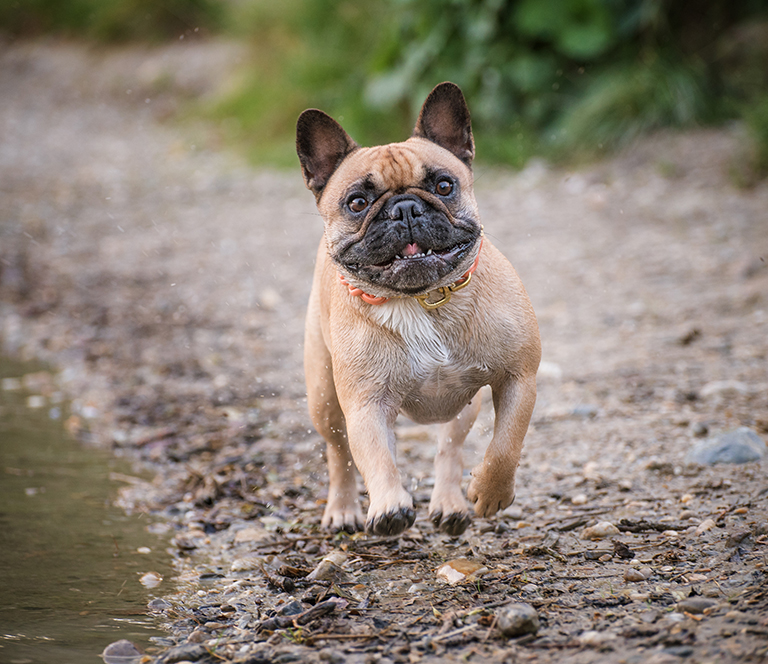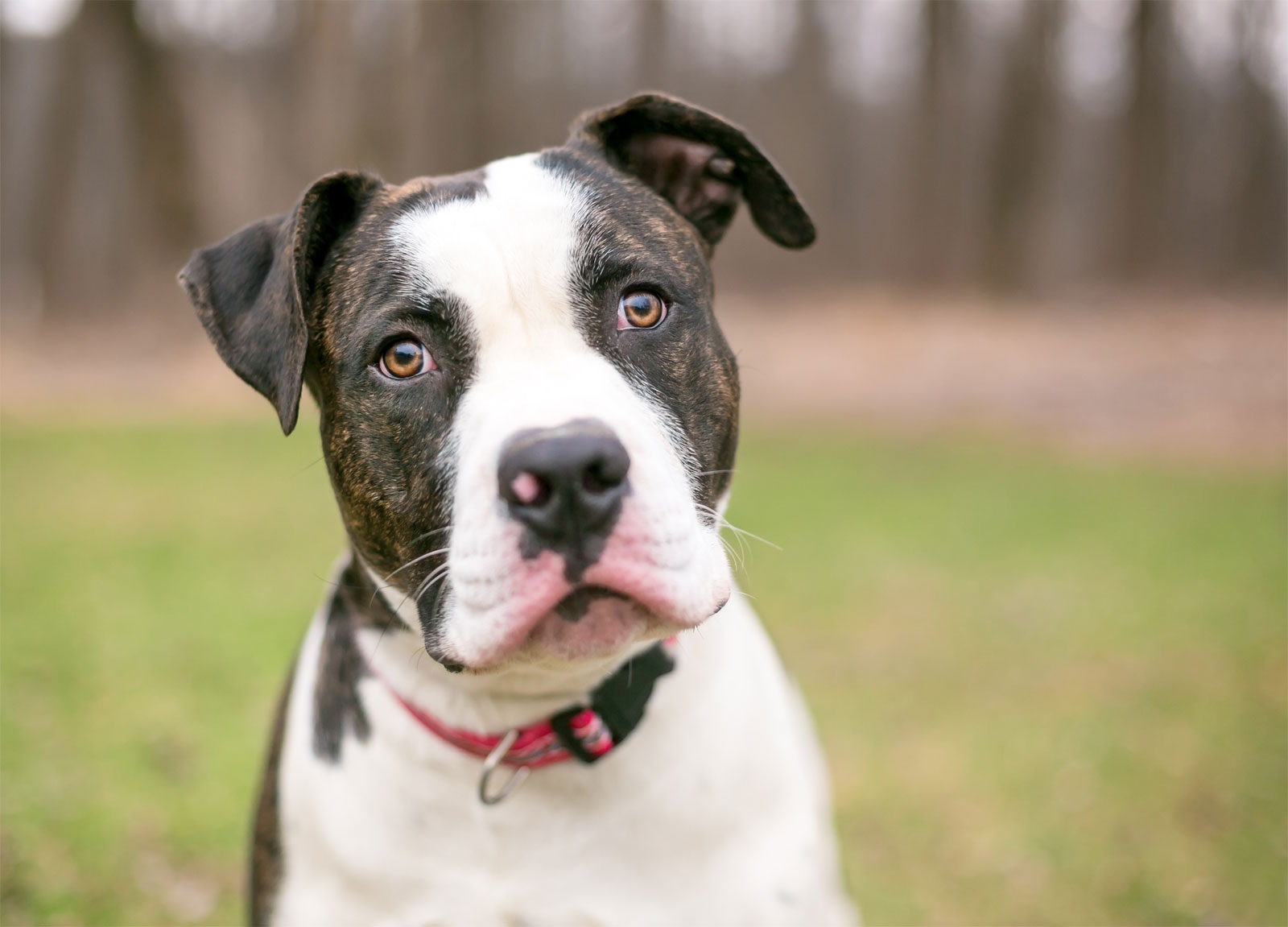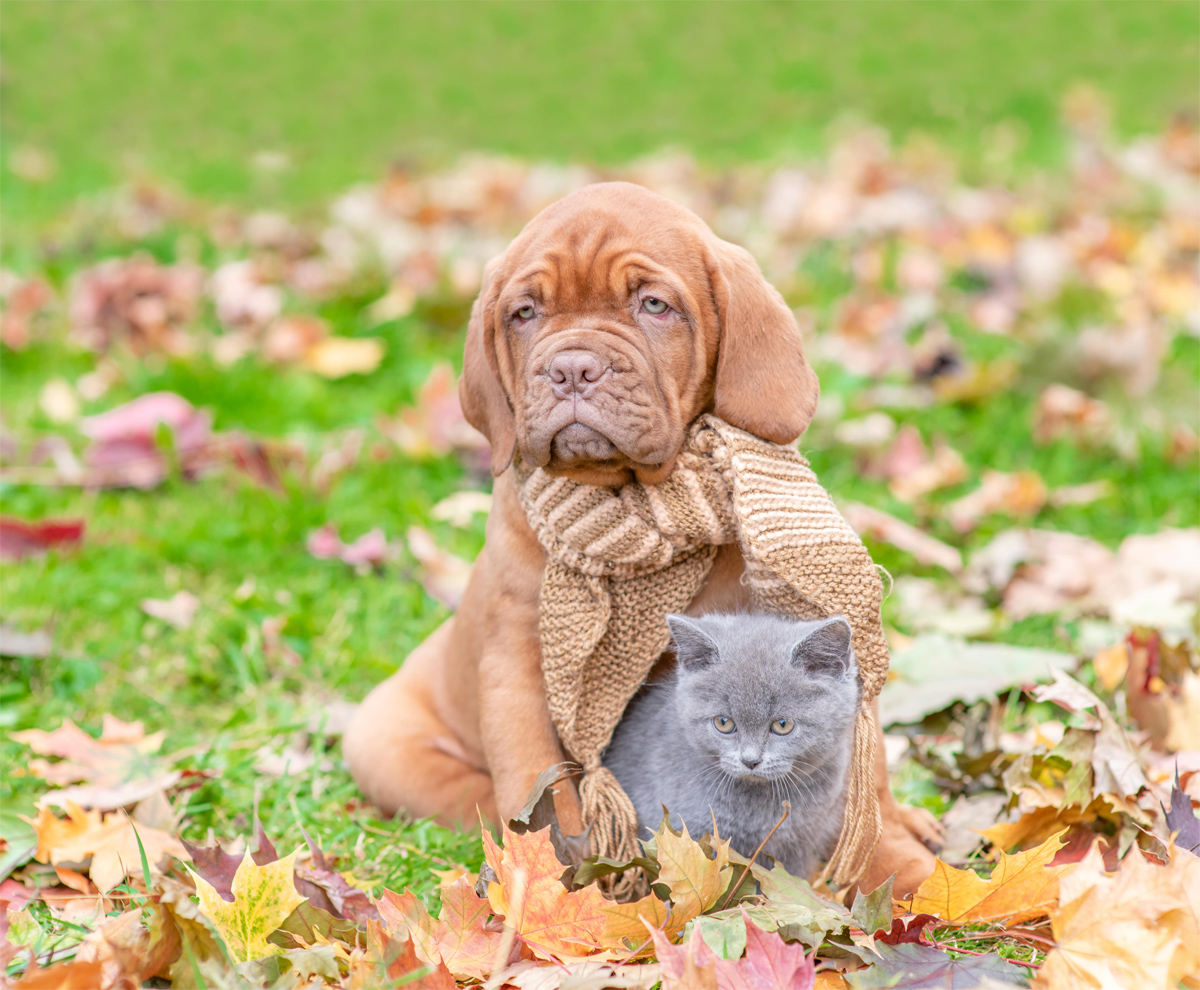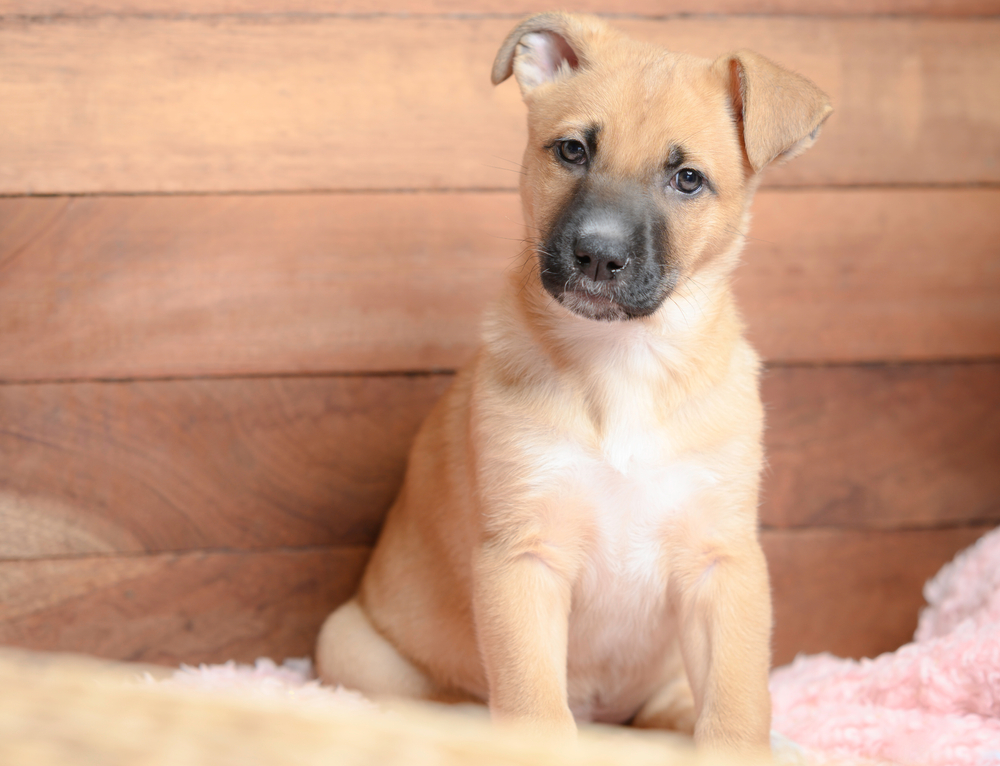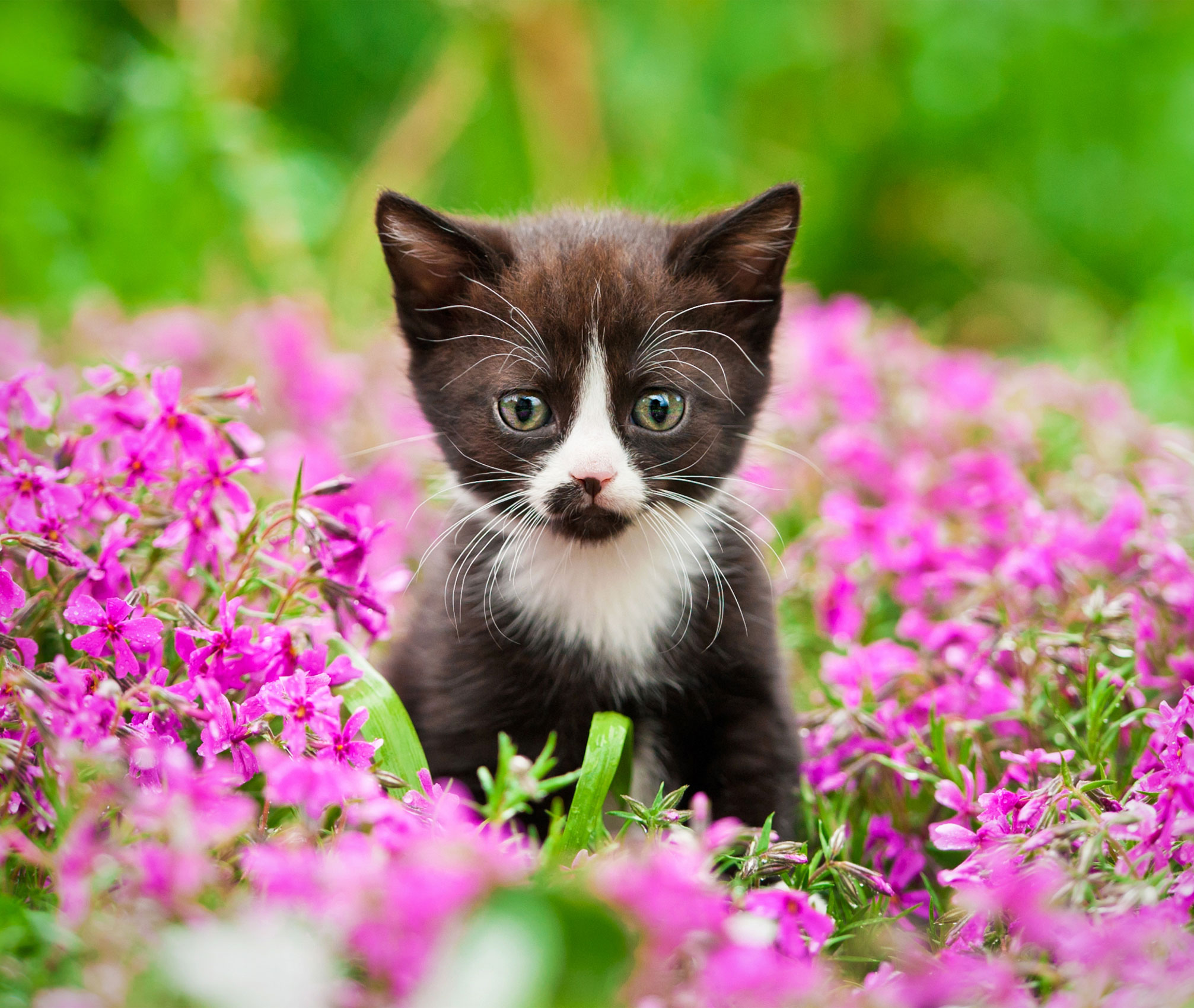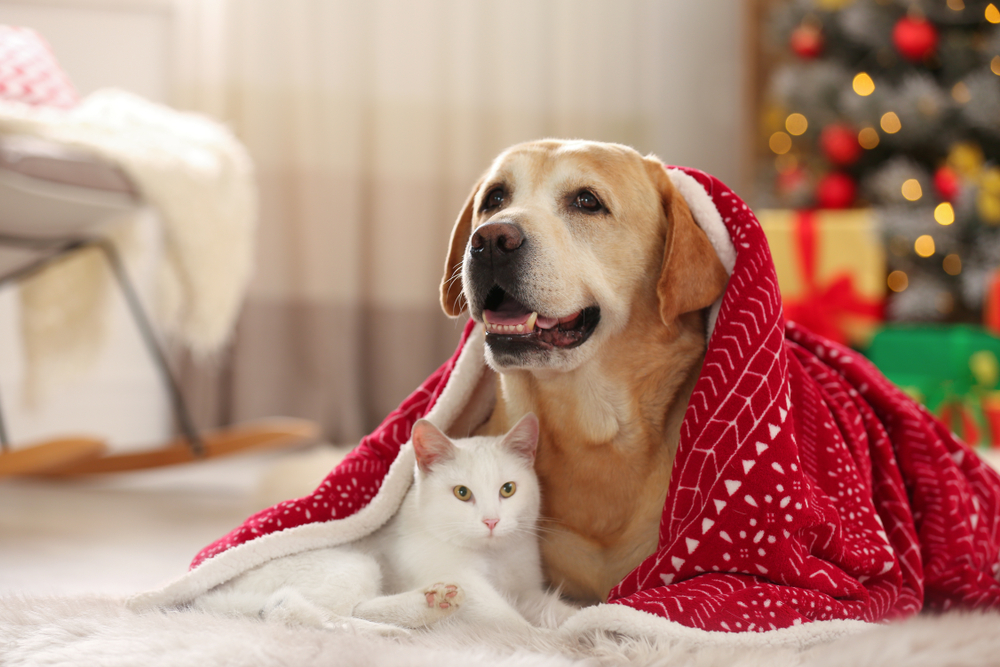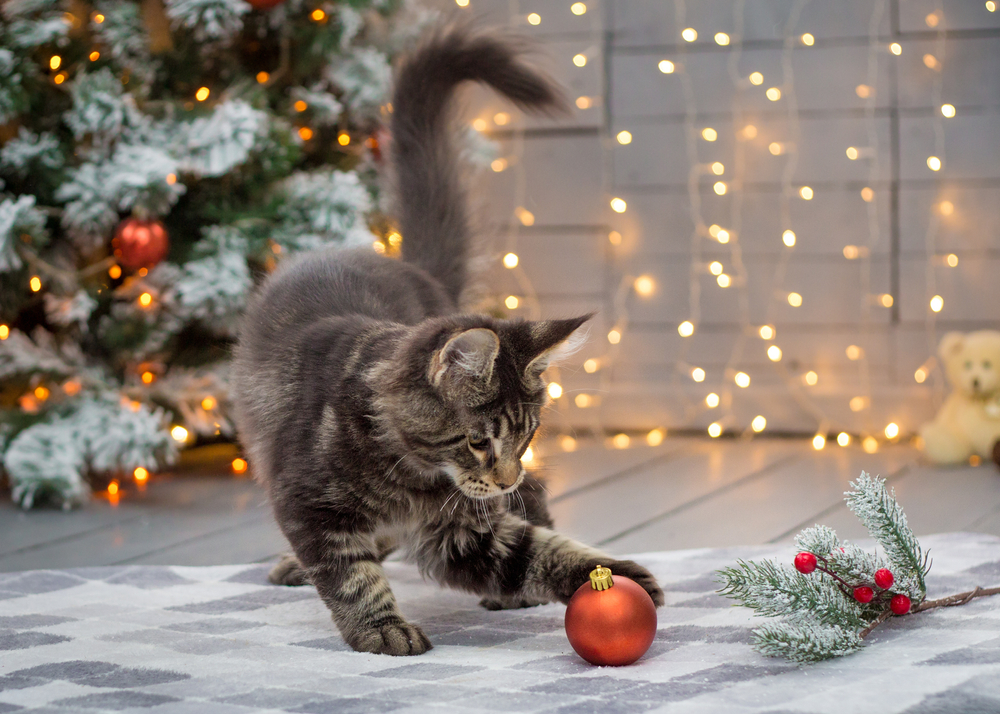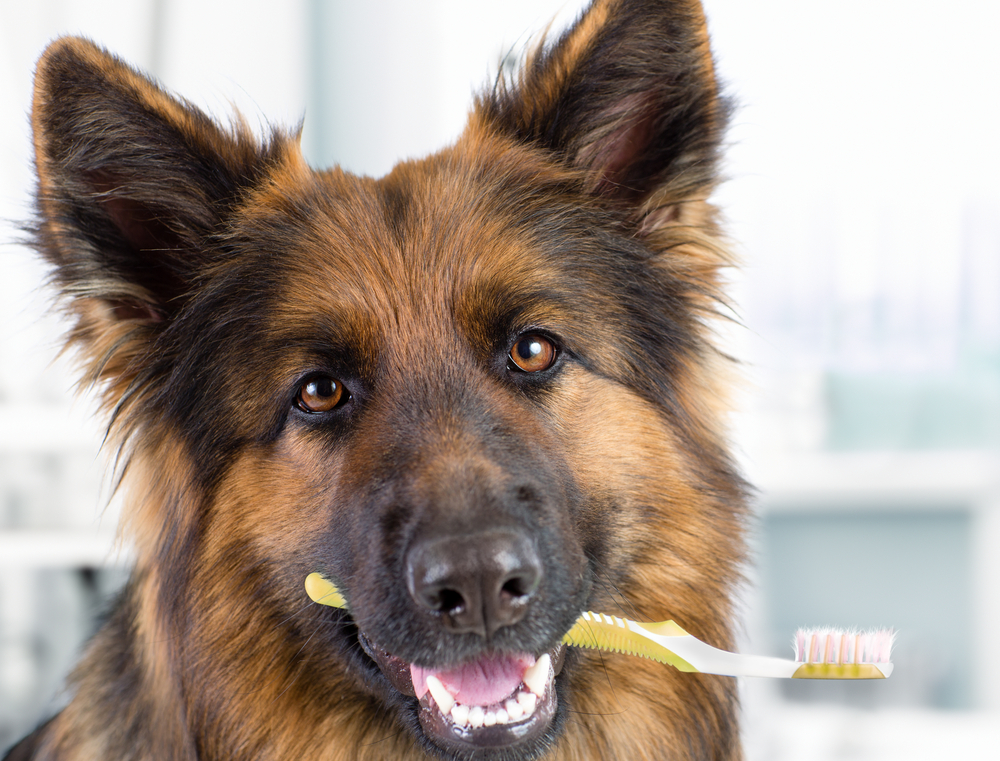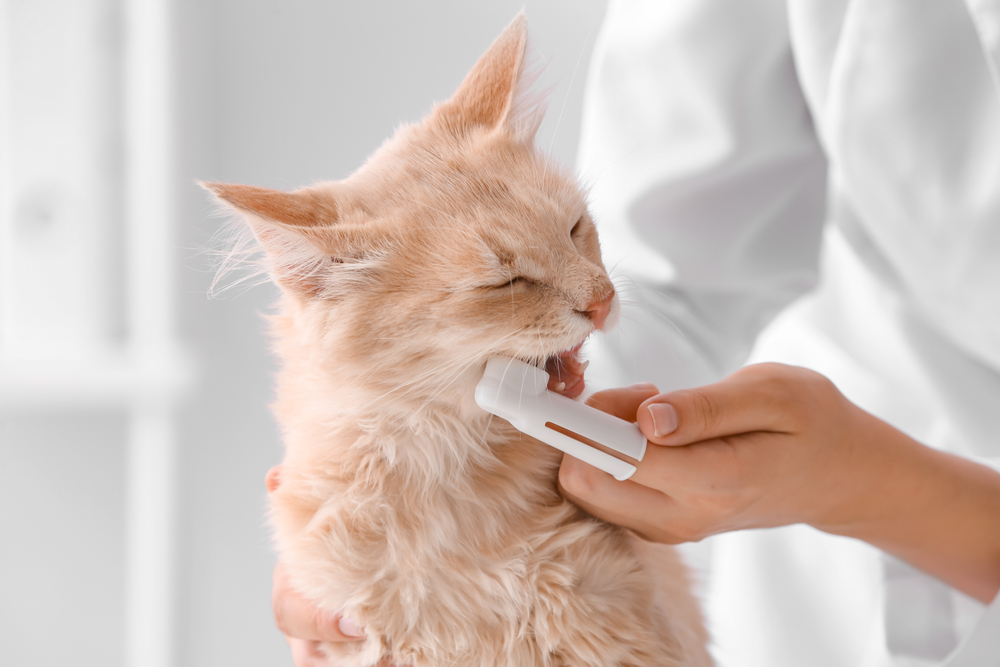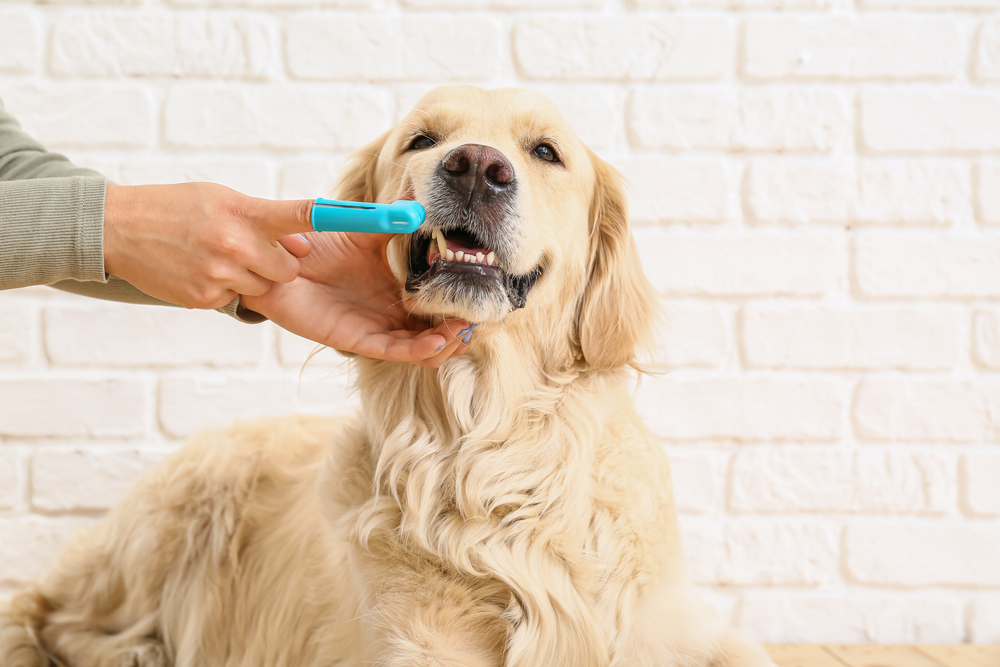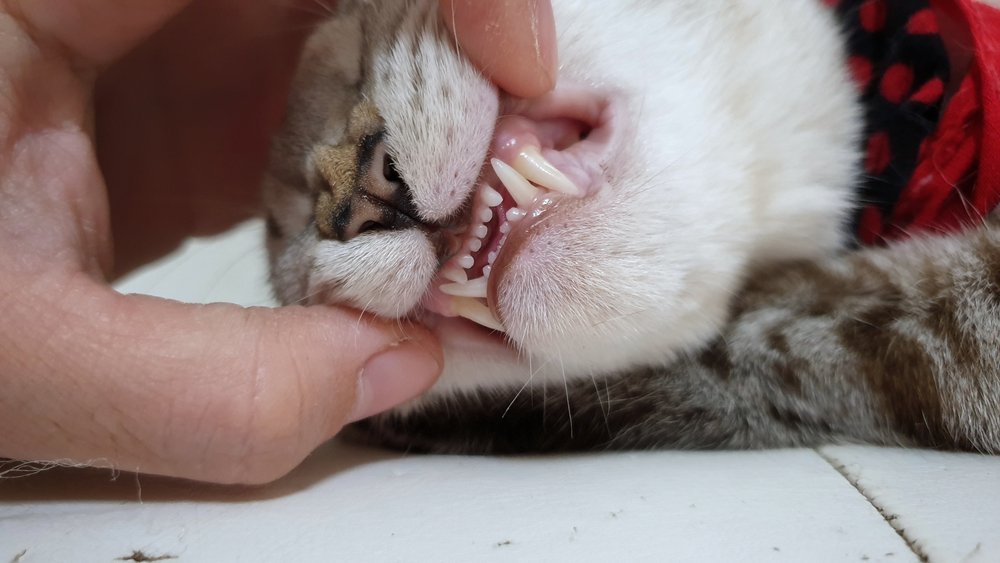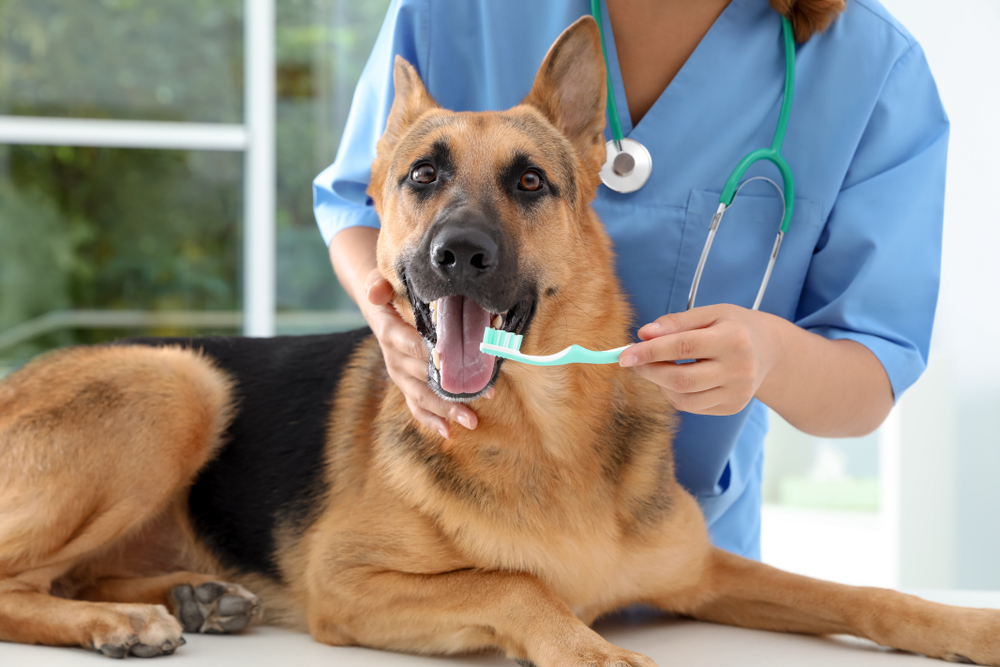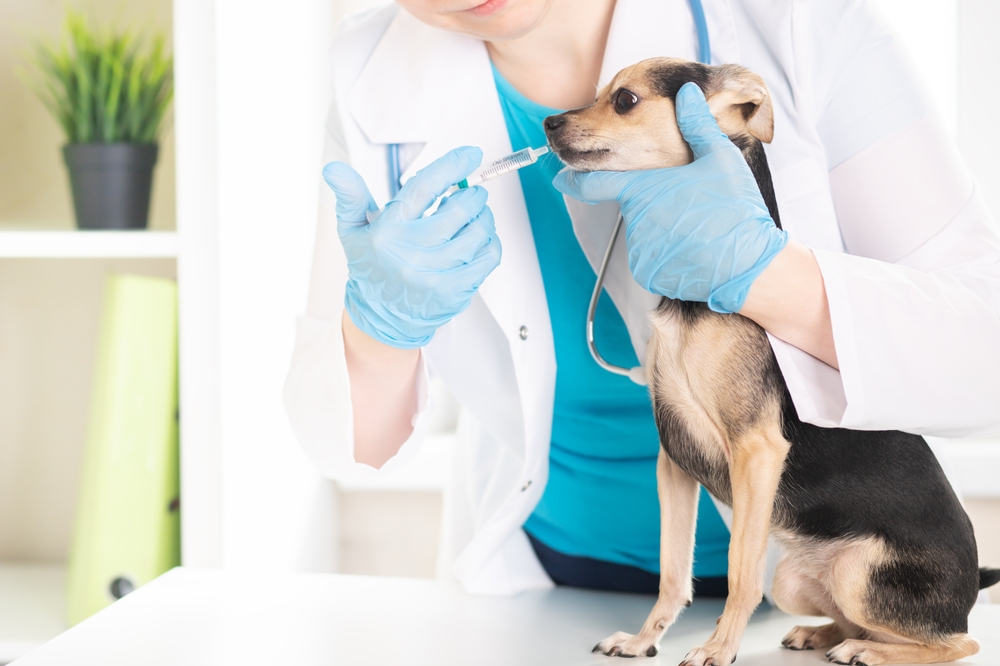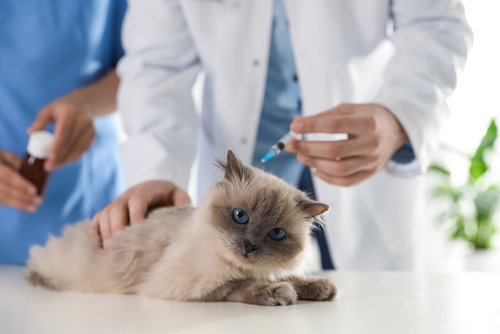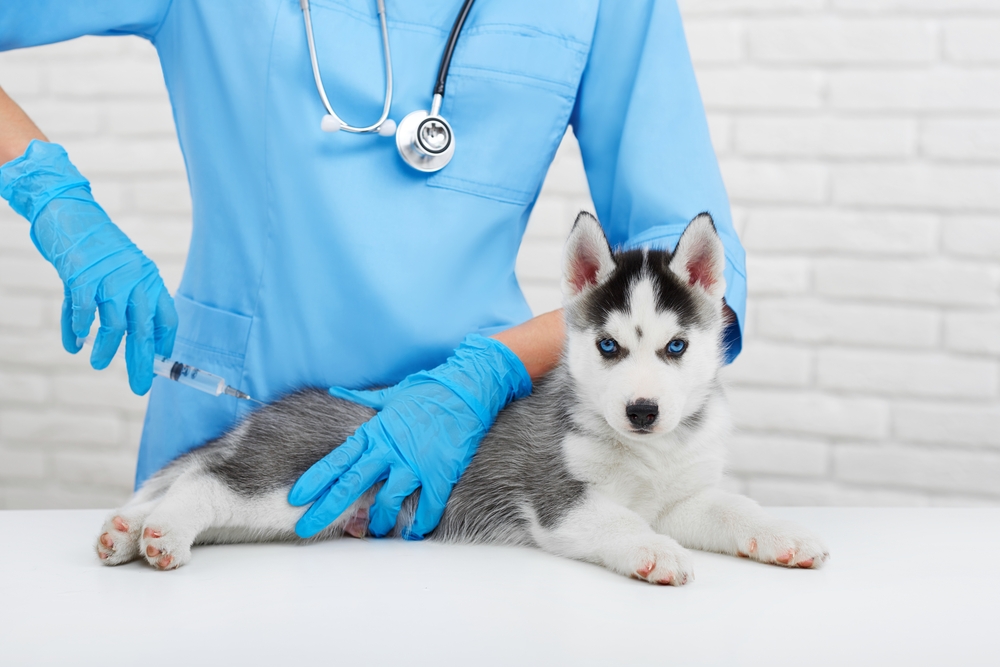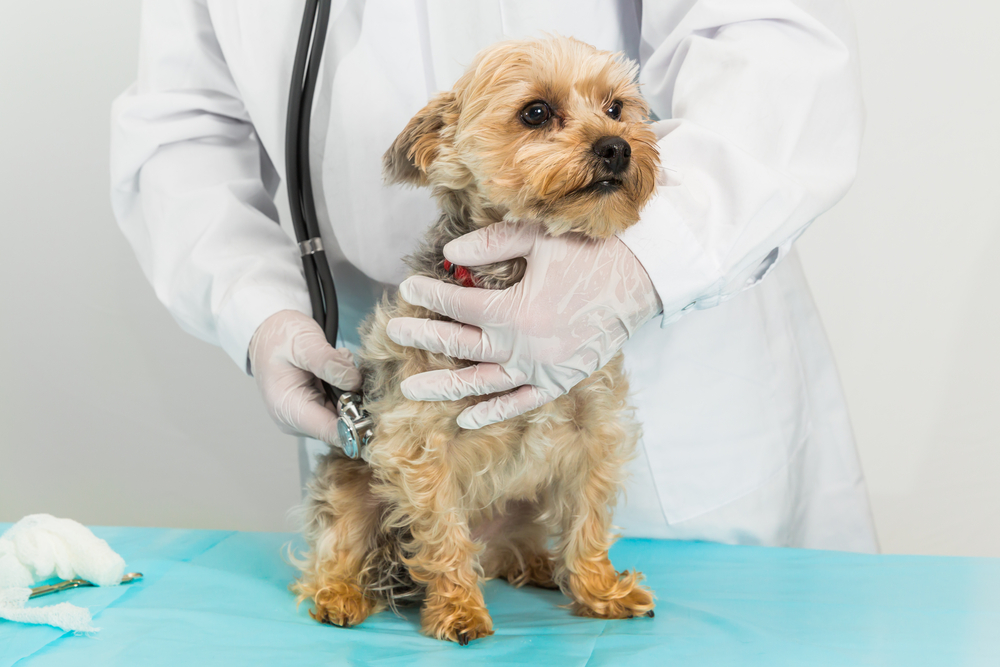
Fireworks and Pets: Tips for Keeping Pets Calm and Safe During Fourth of July Fireworks
The Fourth of July is a time of joyous celebration, marked by festive gatherings, barbecues, and, of course, spectacular fireworks displays. As we come together to honor our wonderful country, it’s important to remember that the very things that delight us can cause significant stress for our pets. Fireworks, with their loud noises and bright flashes, can be particularly frightening for animals. At Sleepy Hollow Animal Hospital, we’re here to help you ensure your pet stays calm and safe during the festivities.
The Joy of Fourth of July Festivities
Independence Day is a special occasion filled with fun activities for the whole family. Whether you’re participating in a local parade, visiting a special destination or simply relaxing with friends and family, the Fourth of July offers countless opportunities to celebrate our nation’s history and freedom. As we enjoy these moments, it’s important to keep in mind that our pets may not share our enthusiasm for one of the hallmarks of this holiday – fireworks.
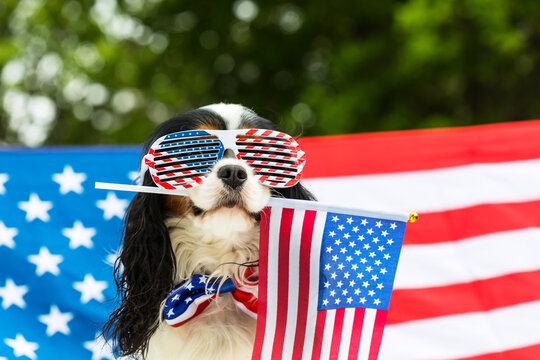

The Importance of Pet Safety
While fireworks are a highlight of the holiday for many, they can be a source of anxiety and fear for our pets. The loud noises and sudden bursts of light can cause stress, leading to behaviors such as shaking, hiding, barking, inappropriate urination or even trying to escape. Ensuring your pet feels safe and secure is crucial for their well-being during this time.
Tips for Keeping Your Pet Calm During Fireworks
Create a Safe Space: Set up a quiet, comfortable area in your home where your pet can retreat. This space should be away from windows and doors to help muffle the sound of fireworks.
Use White Noise: Turn on a fan, air conditioner, television, or calming music to help drown out the noise of fireworks. There are even specially designed playlists for pets that can help soothe their nerves.
Provide Comfort: Stay with your pet during the fireworks if possible. Your presence can have a calming effect and reassure them that they are safe. Engaging in some of their favorite indoor activities can often distract them or at least lessen their response to the noise.
Keep Pets Indoors: Make sure your pets are inside well before the fireworks start. Close windows and doors to prevent them from running away if they get scared.
Distraction with Toys and Treats: Offer toys or treats to keep your pet occupied and distracted from the noise. Puzzle toys filled with their favorite treats can be particularly effective.
Consider Anxiety Medication: If your pet has a history of severe anxiety during fireworks and you have tried these other techniques, you should speak with our team at Sleepy Hollow Animal Hospital about anxiety-reducing medication. There are many options for both cats and dogs. Together our team can come up with the right choice for you and your pet.

Ensuring a Safe and Calm Fourth of July for Your Pets in Sleepy Hollow, New York
As you celebrate this Fourth of July, take steps to ensure your pets are safe and calm. If you notice any changes in your pet’s behavior after the holiday or suspect they are acting differently, don’t hesitate to contact us. Our team at Sleepy Hollow Animal Hospital is here to support you and your furry friends. Book an appointment or call us if you need general guidance, advice about anxiety medications, or if you have any concerns about your pet’s well-being. Together, we can make this holiday enjoyable for everyone in the family, including our beloved pets.
Happy Fourth of July from all of us at Sleepy Hollow Animal Hospital!






